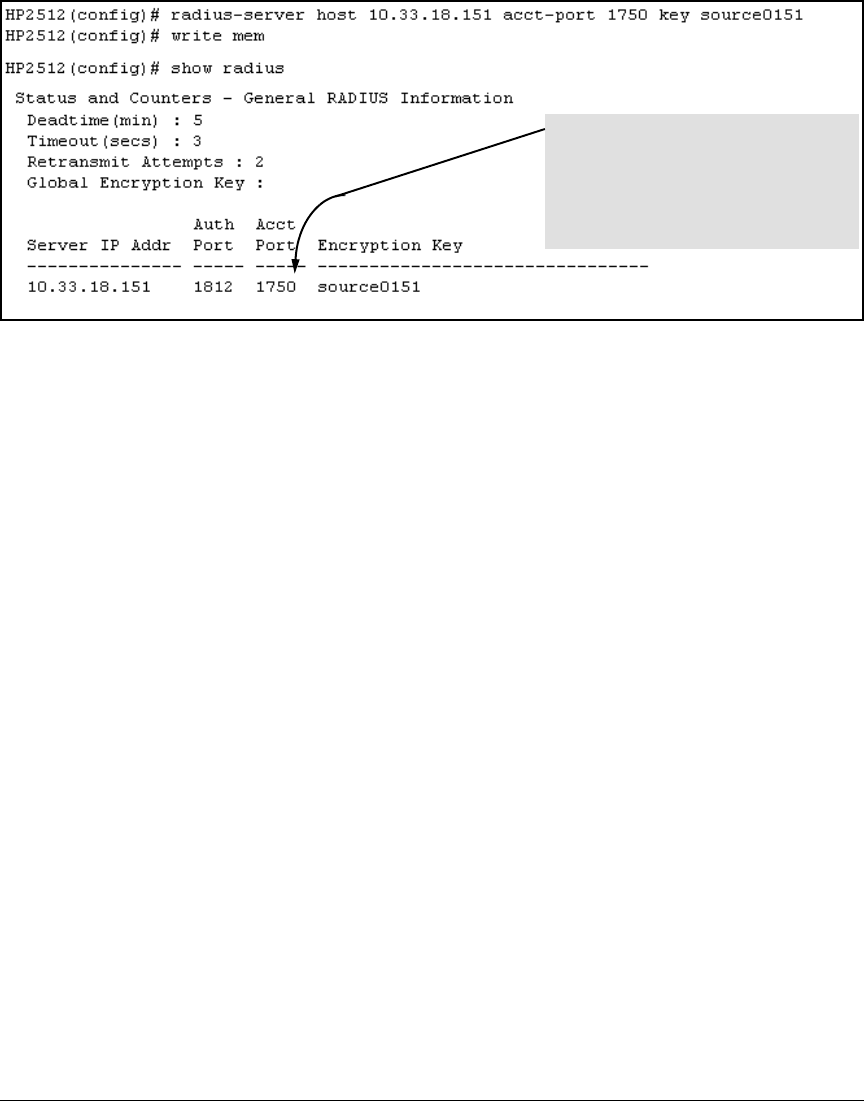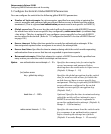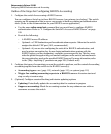
119
Enhancements in Release F.04.08
Configuring RADIUS Authentication and Accounting
Figure 47. Example of Configuring for a RADIUS Server with a Non-Default Accounting UDP Port Number
The radius-server command as shown in figure 47, above, configures the switch to use a RADIUS
server at IP address 10.33.18.151, with a (non-default) UDP accounting port of 1750, and a server-
specific key of "source0151".
2. Configure the Types of Accounting You Want the Switch to Perform, and the
Controls for Sending Accounting Reports from the Switch to the RADIUS Server
Select the Accounting Type(s):
■ Exec: Use exec if you want to collect accounting information on login sessions on the switch
via the console, Telnet, or SSH. (See also “Accounting” on page 103.)
■ System: Use system if you want to collect accounting data when:
• A system boot or reload occurs
• System accounting is turned on or off
Note that there is no timespan associated with using the system option. It simply causes the switch
to transmit whatever accounting data it currently has when one of the above events occurs.
■ Network: Use Network if you want to collect accounting information on 802.1X port-based-
access users connected to the physical ports on the switch to access the network. (See also
“Accounting” on page 103.) For information on this feature, refer to “Configuring Port-Based
Access Control (802.1X)” on page 29.
Because the radius-server command includes
an acct-port element with a non-default 1750,
the switch assigns this value to the accounting
port UDP port numbers. Because auth-port was
not included in the command, the authentication
UDP port is set to the default 1812.


















